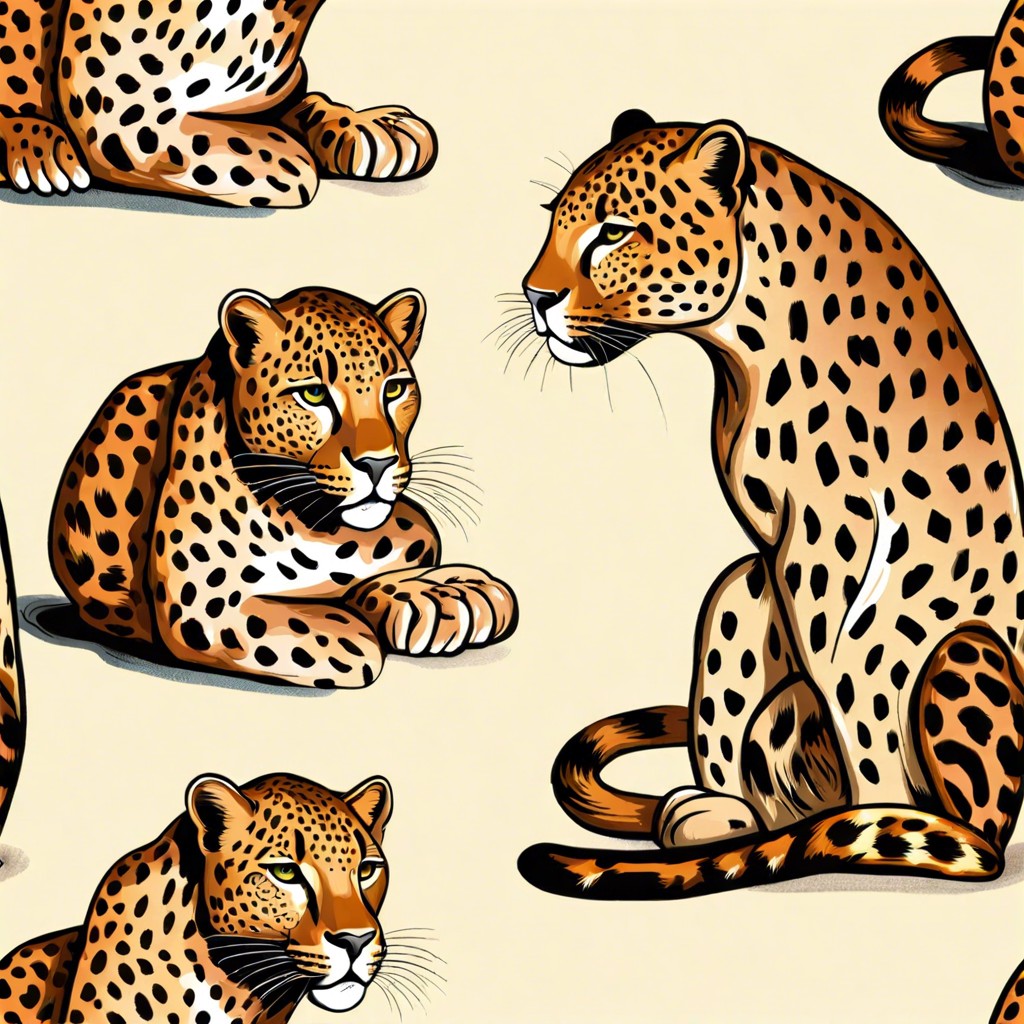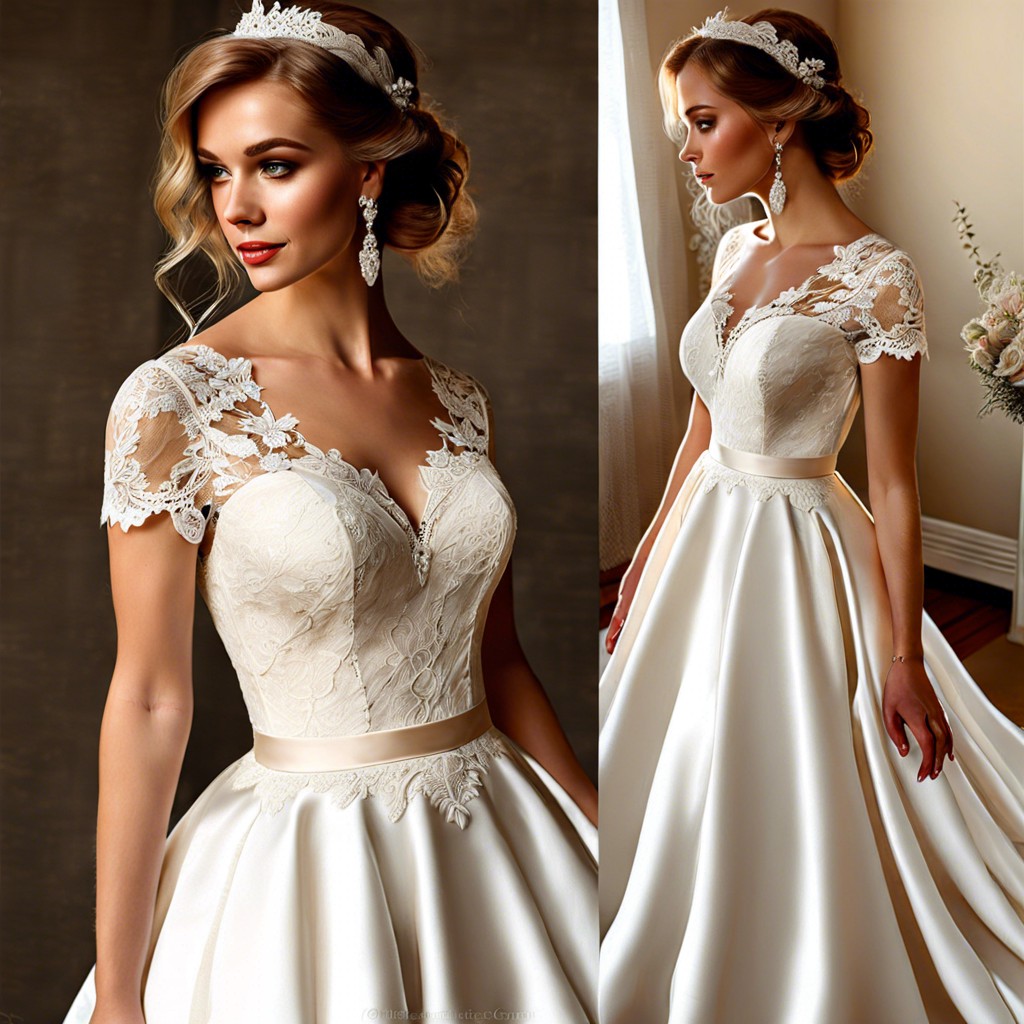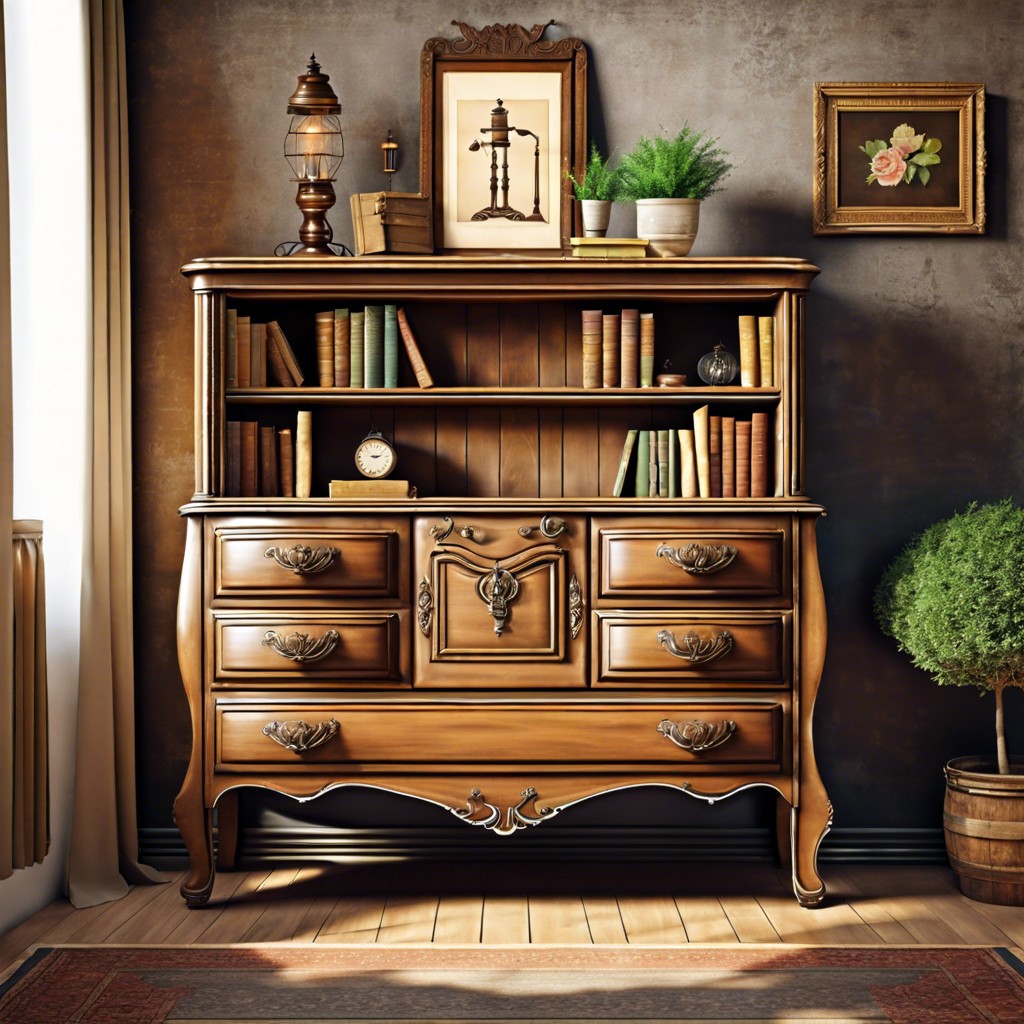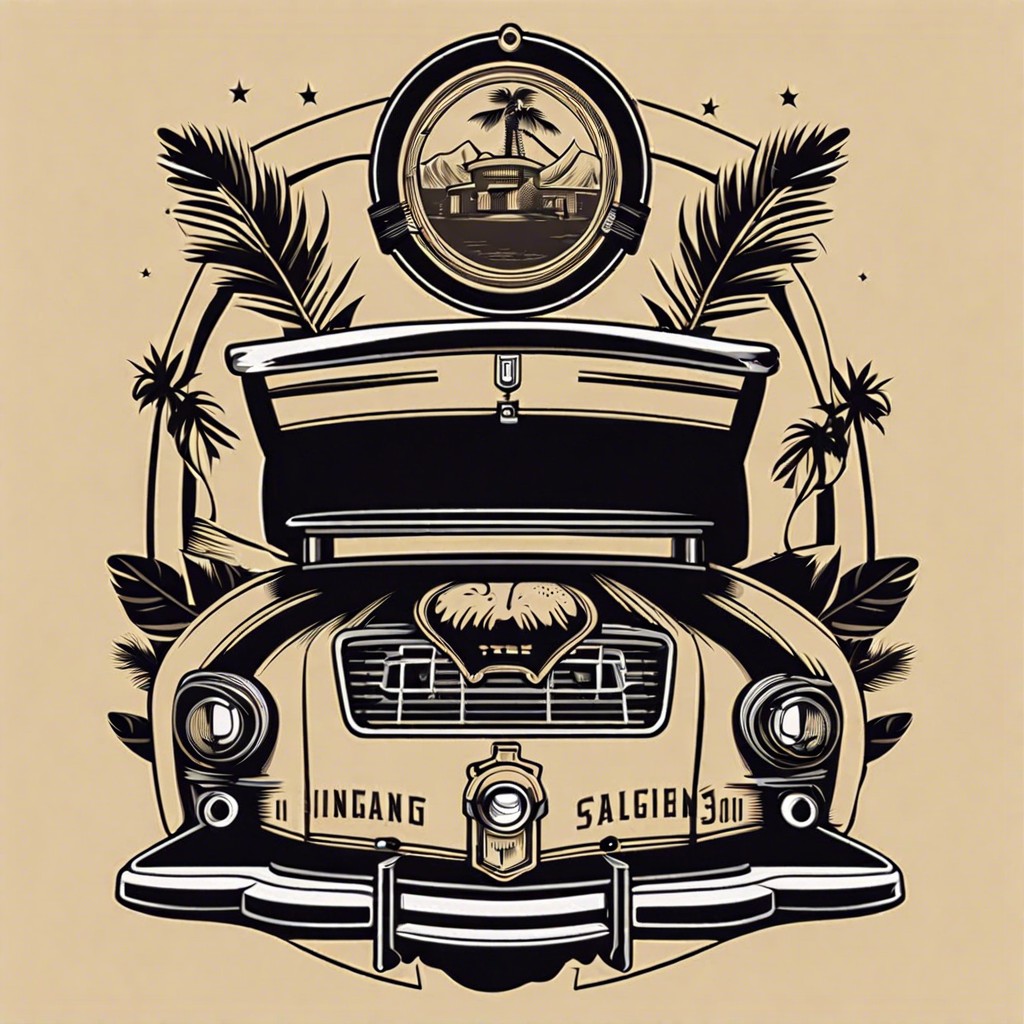Last updated on
Discover how vintage textures can add character and depth to any space and learn to identify their types and applications.
Key takeaways:
- Vintage textures add character and warmth to spaces.
- They carry historical significance and tell stories from the past.
- Techniques such as distressing and aging paint can create vintage textures.
- Vintage textures can be integrated into modern design for a unique aesthetic.
- Careful preservation is necessary to maintain the integrity of vintage textured items.
Defining Vintage Texture

Vintage textures are the aged surface qualities found on items that have withstood the test of time. These textures carry a sense of history and craftsmanship often lacking in contemporary pieces. They include the patina on antique metals, the crackle in old paint, or the smooth wear of a well-handled wooden handle. Each texture tells a story about the item’s past adventures and previous owners.
The visual depth of these textures is created by years of use, environmental exposure, and the careful or sometimes neglectful, maintenance behaviors of owners. Scratches, dents, and fades are more than just marks; they’re narratives etched in material, giving insights into the object’s life cycle.
From an aesthetic viewpoint, vintage textures add a layer of character and warmth that is highly prized in both antique collecting and interior design. They invoke nostalgia and bring a sense of authenticity that is appealing in today’s often homogeneous environments.
This tactile and visual complexity is not only about beauty but also about heritage and connection to the past, making each textured item a cherished piece of history.
Historical Significance of Vintage Textures

Vintage textures carry stories from the past, each mark and patina reflecting a piece of history. These textures are not just aesthetic details; they serve as a tangible connection to different eras and cultures. Fabrics, woods, metals, and ceramics tell much about the technological advances and artistic movements of their times.
In Victorian times, for instance, heavily embroidered fabrics and ornate wood carvings were indicative of wealth and status, while simpler, homespun textures spoke of the working and middle classes. Similarly, the Art Deco period favored polished metals and sleek, geometric patterns, mirroring society’s fascination with progress and the machine age.
Collectors and designers often seek out these authentic textures to bring an historic depth to contemporary spaces. Understanding the origin and methods used to create these textures enables a greater appreciation and preservation of these historical items.
Techniques for Creating Vintage Textures
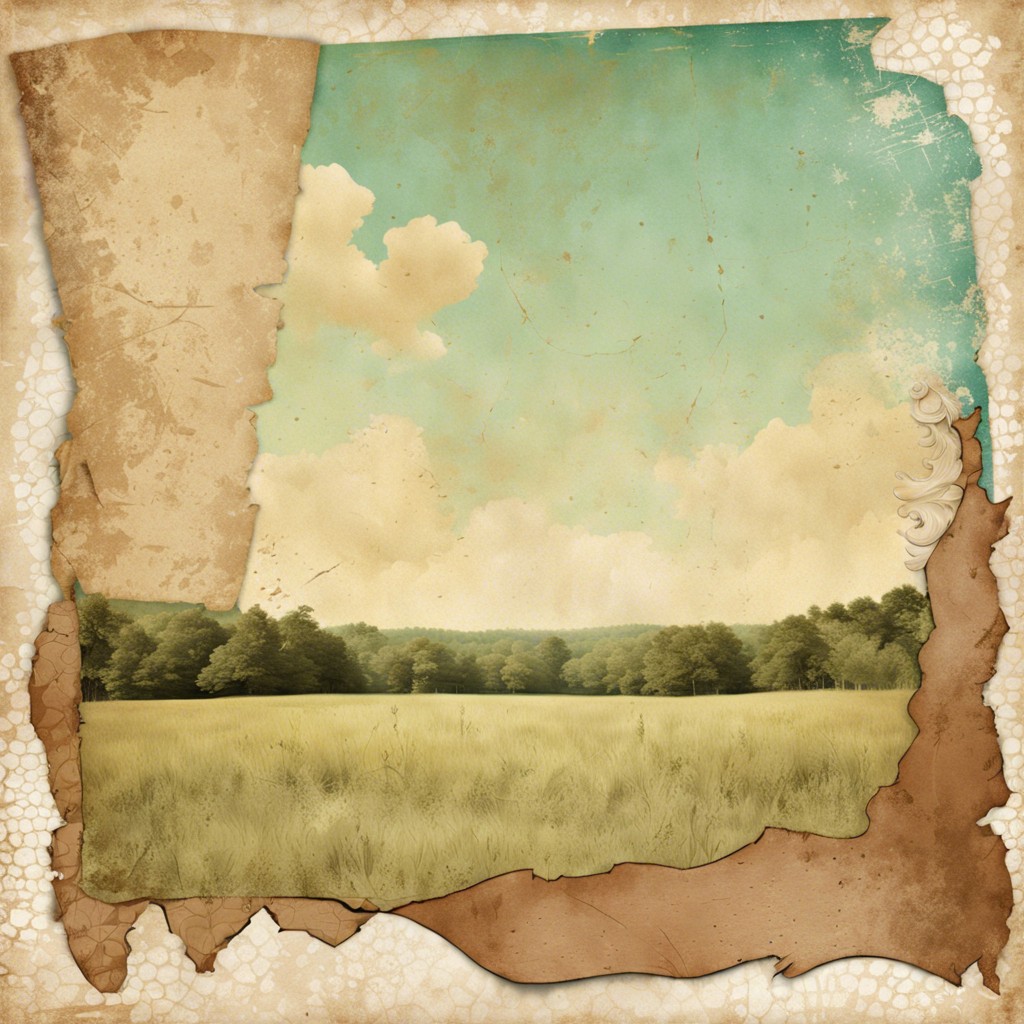
To achieve the well-loved look of vintage textures in modern pieces, artists often employ a variety of methods, each adding a layer of depth and character.
One popular technique is distressing. This involves physically altering the surface of an item to create an appearance of age. Common tools include sandpaper, chisels, and hammers. Distressing works well on furniture, giving it a worn, comfortable feel.
Another method is using patina solutions on metals to artificially age them. This chemical process induces a natural-looking weathering effect, ideal for creating rustic decor elements.
Aging paint is also frequently used to simulate vintage textures. By layering different shades and intentionally removing portions of the topcoat, one can mimic the peeling and fading that occurs over time.
Lastly, using decoupage with vintage-inspired papers or fabric can bring a tactile and visual old-world charm to any item. The technique involves pasting layers upon a surface, then sealing them with varnish for durability.
Each technique offers a pathway to capturing the essence of eras gone by. Experimentation can yield wonderfully atmospheric results, perfect for adding a touch of antiquity to modern creations.
Influence of Vintage Textures in Modern Design

Vintage textures bring a touch of nostalgia and character to contemporary settings, integrating beautifully with modern materials and minimalist designs. For example, incorporating distressed leather chairs in a sleek, modern office can create an inviting space that balances old-world charm with fresh, contemporary aesthetics.
In architecture, exposed brick walls from older buildings are often preserved in new constructions to add depth and historical context. This feature is popular in urban loft apartments and coffee shops, where it complements modern fittings with a hint of rustic texture.
Textile designers often use patterns inspired by traditional fabrics such as tweed or velvet to provide tactility in modern garments. These textures offer a sensory experience that enriches the aesthetic appeal of clothing and accessories, making them stand out in the sea of mass-produced items.
In artwork, the use of vintage textures can make modern pieces feel more approachable and relatable. Artists might incorporate elements like aged paper backgrounds or frames that mimic patina, seamlessly connecting the past with the present and creating pieces that speak across generations.
By harnessing the allure of vintage textures, designers can create spaces, products, and artworks that resonate deeply with a broad audience, effectively bridging the gap between eras.
Preservation Tips for Vintage Textured Items

To maintain the integrity of vintage textured items, regular dusting with a soft brush is fundamental. It removes surface debris without compromising the material’s aging patterns, which are essential to its character. For textiles, gentle hand washing with a mild detergent can prevent the harsh effects of machine washing.
Avoid exposing these treasures to direct sunlight as UV rays can fade and weaken them over time. Instead, store in dimly lit locations where temperature and humidity levels are stable. This prevents cracking, warping, or other moisture-related damage.
For items with intricate detailing, consider consulting a professional conservator. These experts can provide customized advice and treatment, safeguarding your vintage piece’s beauty for years to come.
Refraining from adhesive-based repairs, such as tape or glue, is wise because these can leave residues that damage the original material. If a repair is necessary, opting for reversible methods ensures no lasting alterations are made to the artifact’s authentic texture.
